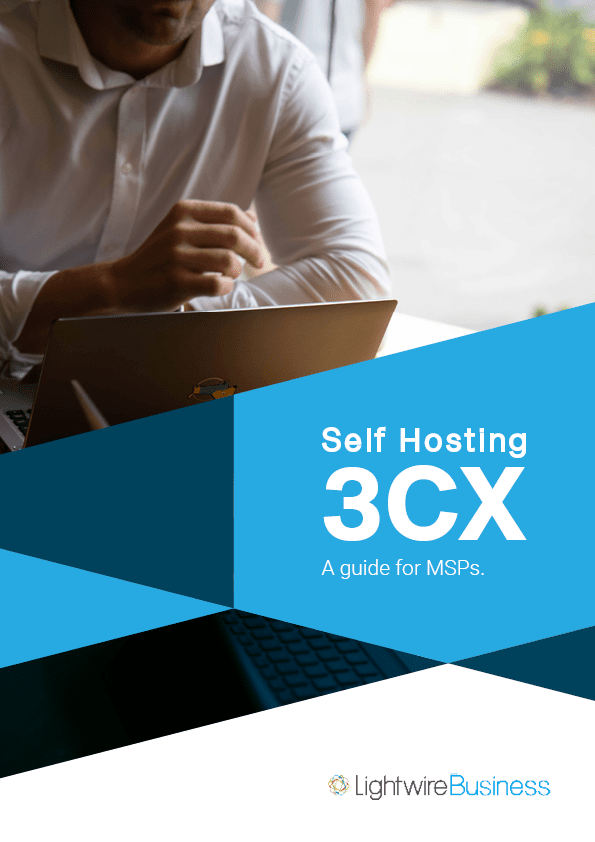Streamlined integration
Businesses are expecting more from their phone systems than ever before, and this complexity is ushering in the end of Asterisk, and open source solutions (OSS) generally.
Gone are the days where voice mail to email was a fancy extra and requirements were limited to call forwards and time of day diverts. Time is an organisation’s most valuable asset and streamlined integration enhances workflows and productivity saving you countless of hours.
For modern business a voice solution that integrates with their ticketing system, support escalation systems, and popular CRM systems like Salesforce, Zendesk, Teams, Zoho, Hubspot, and Microsoft Office365 is table stakes.
In order to ensure streamlined workflows and low-cost deployment can be realised there should be well documented documentation and support. Open source solutions often lack in this department for reasons we will cover later in this blog post.
I once worked for an ISP that acquired a small voice provider that ran all its hosted PBX clients on an Asterisk platform. That experience ensured that when given the chance to be involved in selecting the new PBX solution at Lightwire, open source solutions were bottom of the list.
Open source has had its day in the telco space, and here’s why:
Features require in-house development: The market moves quickly; new 3rd party apps that clients require integration capability for are emerging all the time. Open source solutions require telcos to anticipate market movements, develop accordingly, test in house and release regular updates.
Development overhead: Good developers are hard to find, and aren’t cheap. The return on in-house development is not a short term play either. Telcos need to be sure of outcomes and be well funded to keep pace.
In house guru: Invariably, smaller telcos end up having a unique individual who understands the platform they have built, but to everyone else in the business it makes little sense. Even larger telcos often end up with a voice gatekeeper. This leaves businesses exposed.
Documentation: A solid wiki helps, but often doesn’t enable a shadow resource to administer the platform effectively. I have found through the years that wiki detail often becomes out of date and unhelpful. Solutions like 3CX provide the documentation and support to ensure that each new release is well understood and easy to build out.
Support: Open source communities are not a replacement for vendor backed support. Open source options do often have a professional support option, but rarely do they have support staff operating in the required time zone.
In contrast, vendor backed options have:
New feature releases: Businesses that have unified communications or PBX solutions as their core business offerings are going to do a much better job of keeping pace with market expectations and feature improvements (web conferencing, 3rd party integration, chat features, transcription) than a telco with multiple product streams will.
Mobility: We live in a world where access to an office is uncertain, we need to be able to make/receive calls from anywhere. I have seen too may ISPs add-on clunky 3rd party mobile apps to open source solutions, when what is really required is a single sign on, completely integrated solution that goes with you on PC and mobile.
Vendor backed support with commitments to response and restoration times, which in turn can act as the basis for a telco’s customer facing service level commitments.
User manuals: These provide thorough and up to date training material for each new platform release and can form the basis of client training.
Keep it simple.
Which is more profitable, open source or proprietary?
Open source appears more profitable at a high level, after all, it has no licensing costs.
However other costs have to be considered, namely in-house development and support costs, and the cost of any lost business due to the lack of market leading features.
The templated provisioning and support offered by the right proprietary solution, matched with a continually improving service proposition (for which the telco incurs no direct costs) leads to greater profits.
So what happens to Open Source Software now?
OSS still forms the framework for a number of proprietary solutions that have had significant functionality added, so it continues to play a role in that form.
For telcos focusing on small business users with very basic requirements, OSS represents a low cost solution that can be priced to suit that niche.
However, for complex solutions, and as an option for ISPs to run with, a proprietary solution like 3CX or Teams Calling with Direct Routing is the only suitable option.
Looking to self host 3CX?
The Lightwire voice engineers and advanced certified 3CX engineers put together the ultimate playbook that your MSP team needs to scope, design, sell, provision, and support self hosted 3CX.
No forms, no spam, no cold calls – the 3CX Playbook is 100% free.


